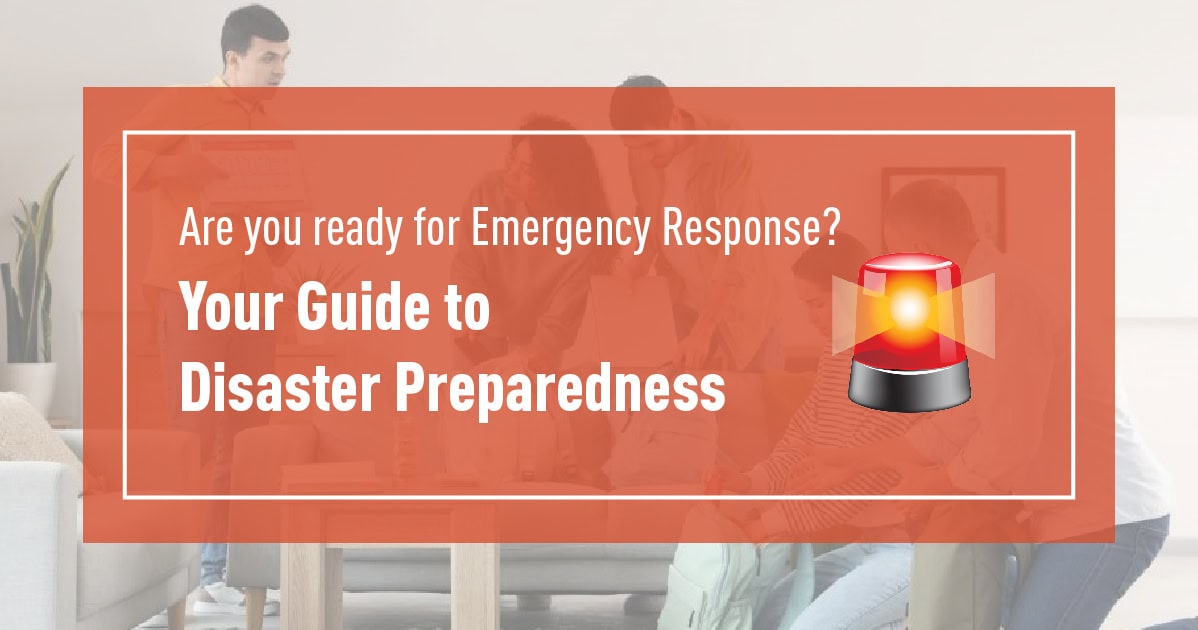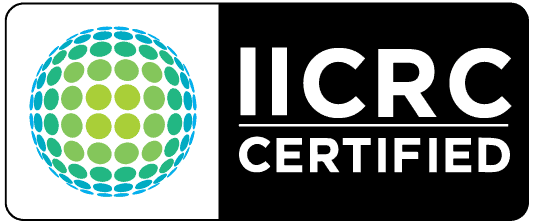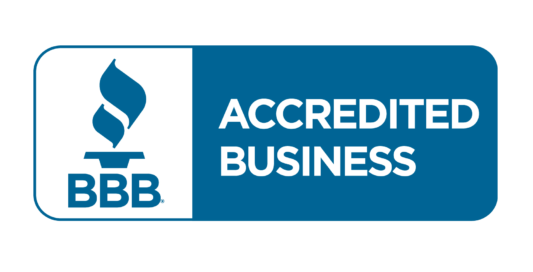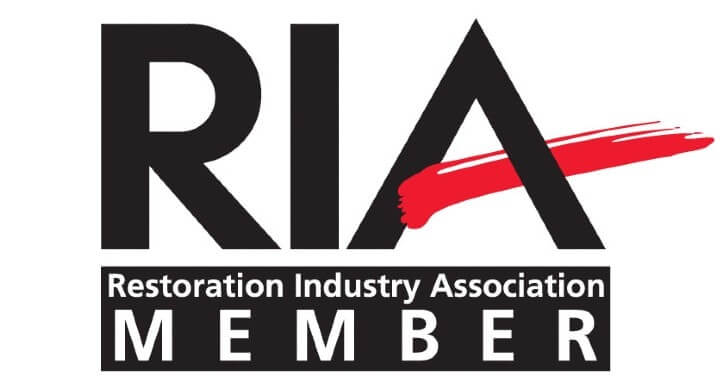Is Your Home Prepared for an Emergency?
Certified Restoration is ready to respond to your needs. But are you prepared for the unexpected?
Living in beautiful Southern California comes with risks, including wildfires, flooding, and earthquakes. Disaster preparedness is crucial to safeguard yourself, your family, and your home against these disasters. Taking proactive measures now can help minimize the impact of these unexpected events.
Key Components of Emergency Preparedness
Comprehensive emergency preparedness involves several critical steps:
1. Preparing Your Home
2. Building an Emergency Response Plan
3. Ready Yourself and Your Family
4. Creating an Emergency Supplies Kit
5. Resources for Further Assistance
6. Planning for Post-Disaster Rebuilding
Preparing Your Home for Disaster
While it’s impossible to eliminate all risks, there are effective steps you can take to minimize potential damage. Here are strategies tailored for common disasters in San Diego.
Wildfires
Late summer and fall are peak wildfire seasons. Protect your home with these measures:
Retrofits:
– Use ignition-resistant materials for roofing and siding, such as tile, stucco, or treated wood.
– Install metal screens over vents, chimneys, and stovepipes to prevent embers from entering.
Simple Preventative Measures:
– Clear your yard and gutters of debris to reduce fire hazards.
– Store flammable liquids away from ignition sources.
– Ensure your address is visible for emergency responders.
Floods
Flooding can lead to extensive water damage. Follow these tips to prepare:
– Use flood-resistant materials when building or renovating. Elevate your home above flood levels.
– Install flood detection devices that alert you immediately when water is present.
– Seal basement walls with waterproofing compounds and consider installing a sump pump.
Earthquakes
Earthquakes are unpredictable, but you can take steps to protect your property:
– Secure heavy furniture and appliances to walls to prevent tipping.
– Use latches on cabinet doors to keep contents safe.
– If your home was built before 1980, consider a seismic retrofit to secure your foundation.
Building an Emergency Supplies Kit

Prepare for the possibility of being without essential services for days by assembling an emergency supplies kit. Include:
– Water: One gallon per person per day.
– Food: Non-perishable items to last several days.
– First Aid Kit: Essential medical supplies and medications.
– Flashlight and Batteries: For power outages.
– Important Documents: Store copies of insurance policies and identification in waterproof bags.
For a complete list of items, visit Ready.gov
Preparing Your Emergency Response Plan
Once your home is ready, develop an emergency response plan (ERP). This plan should outline:
– Emergency Contacts: Keep an updated list of key contacts and resources.
– Evacuation Routes: Know where to go and how to get there in case of evacuation.
– Insurance Information: Ensure you have copies of policies for water damage restoration and fire damage restoration.
Keep this document in a waterproof container with your emergency supplies and disaster preparedness.
Additional Preparedness Tips
– Familiarize yourself with the types of disasters most likely in your area.
– Sign up for emergency alerts from local authorities for real-time updates.
– Store important documents in flood-safe locations.
Resources for San Diego Residents
Mobile Apps:
– SD Emergency: Get local updates and resources specific to San Diego.
– FEMA App: Access alerts and preparedness tips for various disasters.
– AccuWeather: Monitor weather conditions and receive alerts for severe weather.
Planning for Rebuilding
By following these steps, you can significantly reduce the impact of disasters on your home and family. Disaster preparedness is key, and the time spent planning will save you stress and resources when emergencies arise. Stay safe, San Diego!




